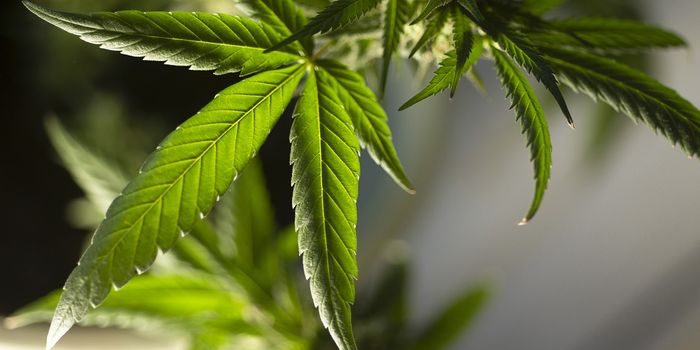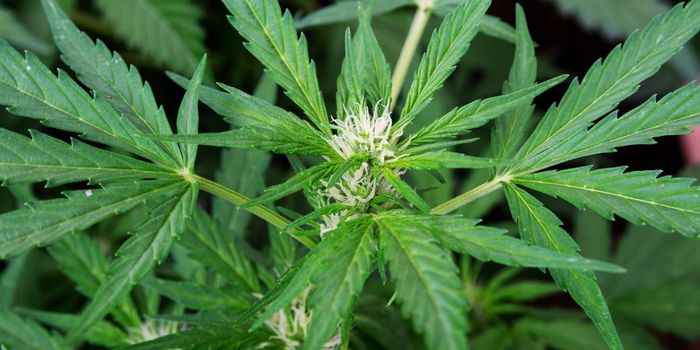Do Cannabis Users Have More Sinonasal Symptoms?
A study examined the association between cannabis use and sinonasal symptoms and found an association between higher frequency of cannabis use and a lower likelihood of sinonasal symptoms. The prevalence of sinonasal symptoms was lower among regular cannabis users (45%) compared with those who never or rarely use cannabis (64%). The findings were published in JAMA Otolaryngology Head and Neck Surgery.
The cross-sectional retrospective study included 2,269 adults aged 20 to 69 years who had completed questionnaires on sinonasal symptoms and substance use for the 2013 to 2014 National Health and Nutrition Examination Survey. The researchers analyzed data reflecting the presence of sinonasal symptoms, demographic information, and medical history of participants. Regular cannabis users consumed cannabis 15 or more times a month in contrast to non-regular users who consumed cannabis less than 15 times a month.
The researchers used multivariable models to examine the association between frequency of cannabis use and presence of sinonasal symptoms while adjusting for demographic characteristics and medical comorbidities. The multivariable analysis indicated an association between race and greater sinonasal symptom prevalence with a significant number of Black male participants reporting congestion. The study also indicated that tobacco smokers were more likely to have sinonasal symptoms than cannabis users.
The most common sinonasal symptoms reported were change in smell and nasal congestion. Some key functions of paranasal sinuses are to warm and humidify air and drain the nasal passage of excess mucus. Small openings connect the sinuses to the nasal cavity. Paranasal Sinuses run alongside the nasal cavity and their mucosa lining traps bacteria and produces excess mucus.
The study highlights cannabis’s effectiveness in reducing inflammatory responses in the sinuses and the potential to develop therapeutic cannabinoid products.
Source: JAMA Otolaryngology Head and Neck Surgery








